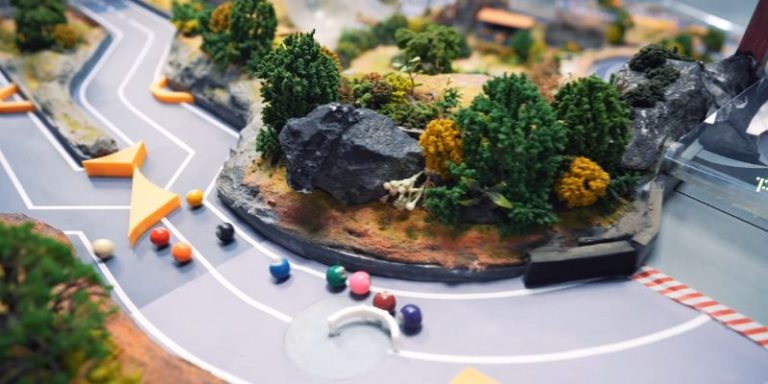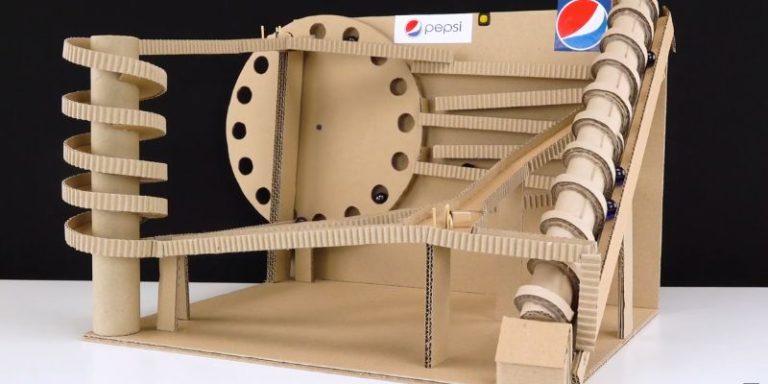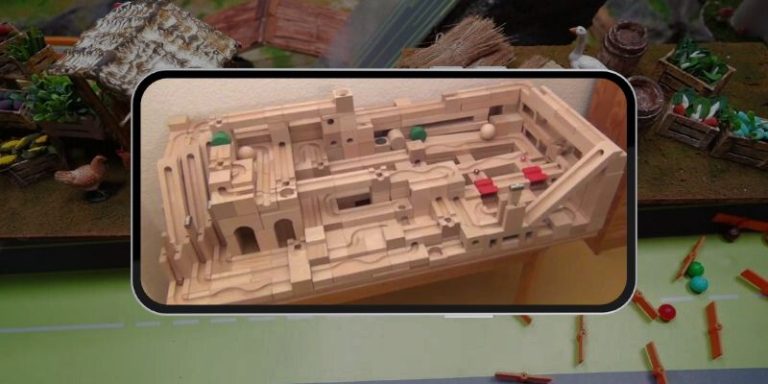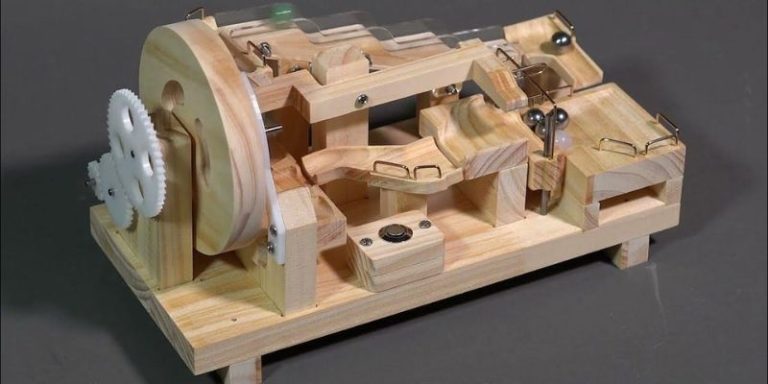Dirt track in marble racing: Features, benefits, and tips
Dirt tracks in marble racing bring a raw and rugged edge to the sport, offering a natural racing surface that’s both challenging and unpredictable. Unlike artificial or smooth tracks, dirt tracks are built using compacted soil, clay, or loose dirt, creating an uneven terrain that directly affects a marble’s speed and stability.
The rough texture and irregular paths of dirt tracks make them a favorite among racers looking for authentic and high-stakes competition. Every race on a dirt track feels different due to the constantly shifting surface, introducing an exciting level of unpredictability that keeps both racers and spectators engaged.
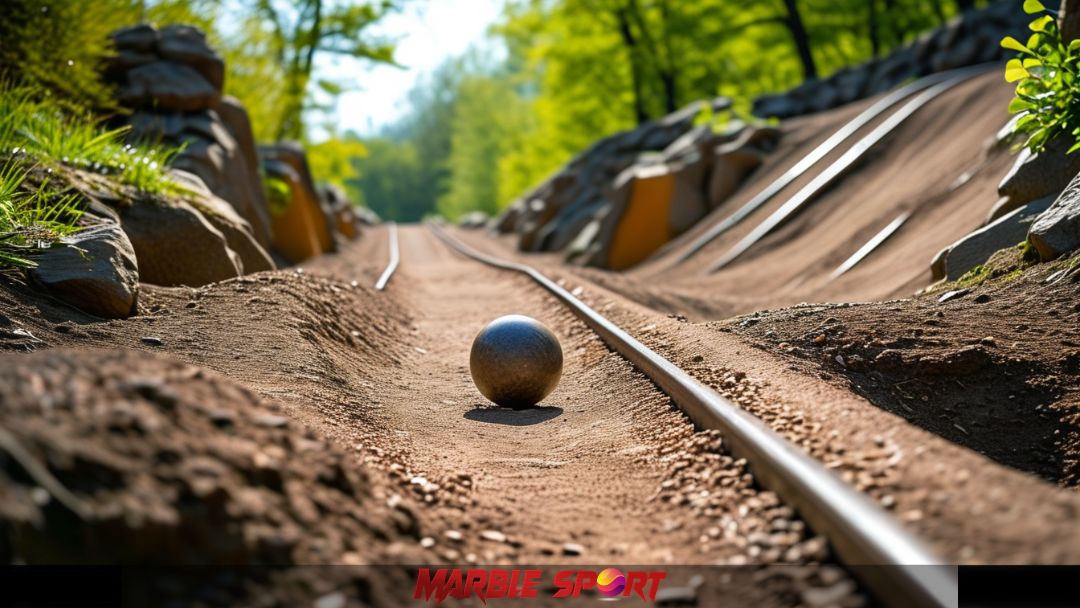
Characteristics of dirt tracks
Dirt tracks stand out in marble racing due to their rugged, natural design and ever-changing terrain. They offer a raw and challenging racing experience that tests the adaptability and performance of every marble. Below are the defining characteristics that make dirt tracks unique.
Natural terrain
Dirt tracks are constructed using compacted soil, clay, or loose dirt, which provides an authentic and organic racing surface.
- Material variety: Builders can use different types of dirt or mix in clay for a firmer base.
- Realistic of surface: The natural composition gives the track a rough and unpredictable texture, simulating real-world racing environments.
- Outdoor appeal: Dirt tracks blend seamlessly into outdoor settings, making them perfect for backyard races and community events.
This natural foundation creates a more immersive racing experience that challenges racers with every run.
Surface texture
The surface of a dirt track is uneven, gritty, and loose, creating dynamic race conditions that directly impact marble movement.
- Unpredictable rolling: The loose and shifting surface makes it harder for marbles to maintain consistent speed and direction.
- Natural obstacles: Small rocks, dips, and uneven patches form naturally during races and act as spontaneous obstacles.
- Impact on momentum: Marbles must overcome changes in traction and momentum, adding an extra layer of strategy to each race.
This irregular texture introduces unpredictability and excitement, making each race a test of adaptability
Customizability
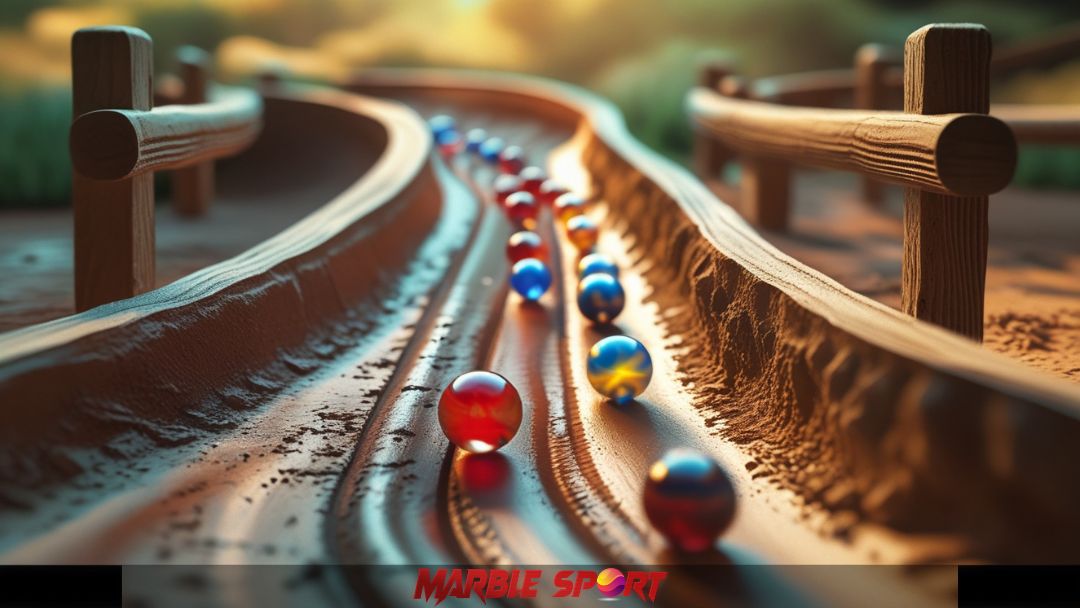
Dirt tracks are incredibly versatile and easy to modify, allowing builders to reshape the course as often as they like.
- Flexible design: Builders can carve out slopes, curves, tunnels, and ramps with simple tools.
- On-the-spot adjustments: Sections of the track can be quickly reshaped during races for added challenges.
- Creative freedom: Incorporating rocks, sticks, or small obstacles allows for endless design possibilities.
This level of customizability makes dirt tracks ideal for racers who enjoy experimenting with new layouts and testing different strategies.
The natural terrain, gritty surface, and customizable design of dirt tracks make them thrilling choices for marble racing. Their unpredictable nature challenges racers to adapt, offering a raw and exciting racing experience that no other track type can match.
Advantages of dirt tracks
Dirt tracks bring a unique and exciting dimension to marble racing, offering several advantages that make them a popular choice among racers and builders. Their natural design, affordability, and versatility make them ideal for both casual play and competitive events. Here’s why dirt tracks stand out:
Authentic racing experience
Dirt tracks provide a realistic and adventurous racing environment that mimics natural off-road conditions.
- Rugged terrain: The uneven surface challenges marbles to adapt to sudden changes in speed and direction.
- Dynamic races: No two races are the same due to the shifting dirt, small rocks, and natural imperfections.
- Immersive feel: Racing on dirt feels more authentic and intense, appealing to those who crave raw, unfiltered competition.
This realism makes dirt tracks perfect for racers looking for an exciting and unpredictable experience.
Cost-effective
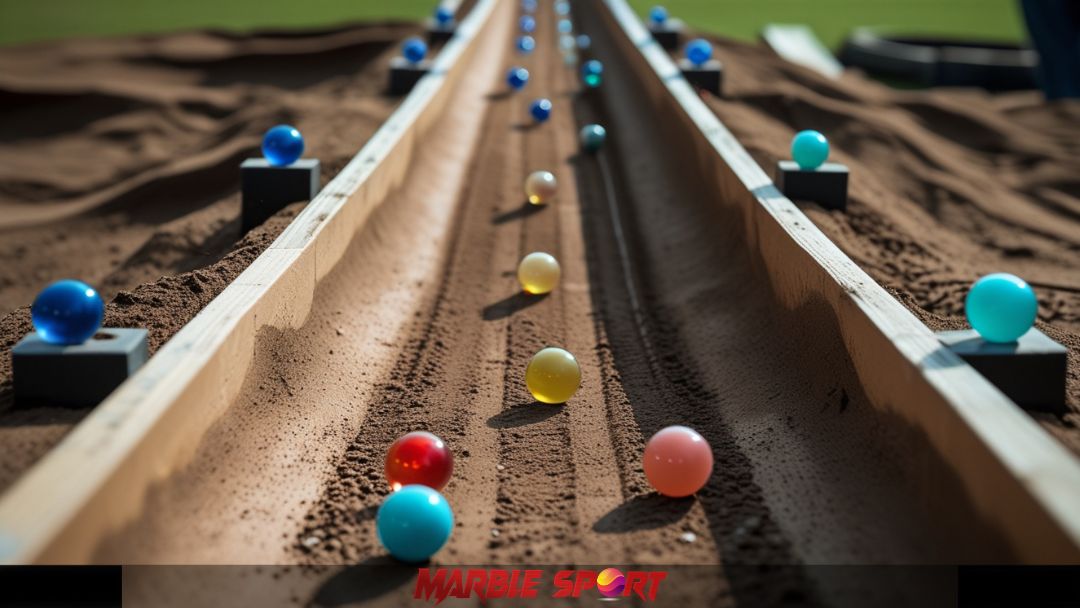
Building dirt tracks is one of the most budget-friendly options for marble racing.
- Minimal materials: All that’s needed is soil, dirt, or clay, which is often free or inexpensive.
- No special tools: Simple tools like shovels, rakes, or even hands can shape the track.
- Reusable: The dirt track can be rebuilt and reshaped without needing new materials, reducing long-term costs.
For beginners and DIY enthusiasts, dirt tracks offer an affordable way to get started in marble racing without sacrificing fun.
Highly customizable
Dirt tracks offer limitless design possibilities, making them incredibly versatile for racers who love to experiment.
- Easily shape: Builders can quickly adjust slopes, curves, and obstacles to create new challenges.
- On-the-fly changes: Sections of the track can be modified even during races for added unpredictability.
- Creative freedom: Incorporating natural elements like rocks, twigs, or leaves adds more variety to the course.
This flexibility allows racers to constantly refresh their tracks, keeping the racing experience engaging and new.
Eco-friendly
Dirt tracks are an environmentally conscious choice for marble racing.
- Natural materials: Built from dirt and soil, these tracks have little to no environmental impact
- No waste: Unlike plastic or synthetic materials, dirt tracks don’t contribute to waste or pollution.
- Blends with nature: Perfect for outdoor settings, dirt tracks naturally integrate with the environment.
For those who want to enjoy marble racing while being mindful of the environment, dirt tracks are a sustainable and responsible option.
Dirt tracks combine the thrill of natural racing with the benefits of affordability, customizability, and sustainability. Their raw, ever-changing nature keeps races exciting and challenges racers to think strategically, making them a favorite for those seeking a more authentic and dynamic marble racing experience.
Challenges of dirt tracks
While dirt tracks offer an exciting and authentic racing experience, they also come with specific challenges that racers and builders must consider. From unpredictability surfaces to weather-related issues, here are the main obstacles associated with using dirt tracks for marble racing:
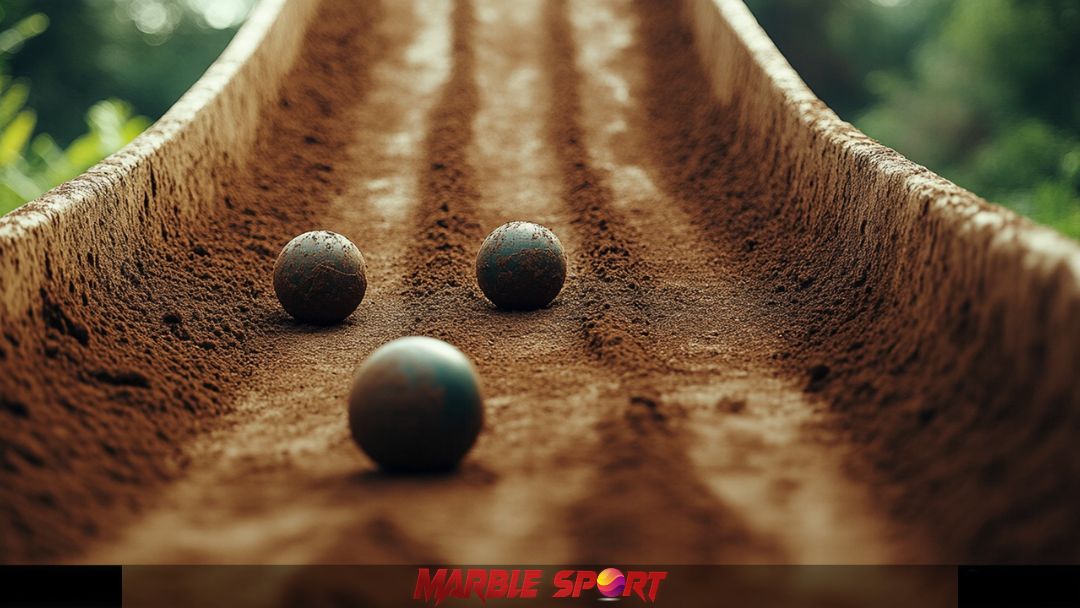
Inconsistent performance
The loose and uneven nature of dirt tracks can lead to unpredictable marble behavior during races.
- Unstable surface: Loose soil and small debris can cause marbles to slow down, get stuck, or veer off course unexpectedly.
- Surface shifts: The track may change shape slightly after each race, creating inconsistent conditions for racers.
- Fairness issues: It can be difficult to ensure equal racing conditions, especially in competitive settings where consistency is key.
This unpredictability adds excitement but can also make it challenging for a balanced and fair race.
Weather sensitivity
Dirt tracks are highly vulnerable to weather conditions, which can drastically impact their usability.
- Rain: Wet conditions can turn dirt tracks into mud, making it nearly impossible for marbles to roll smoothly.
- Extreme heat: Prolonged heat can cause the dirt track to dry out and crack, leading to uneven and unstable racing surfaces.
- Wind: Strong winds can scatter loose dirt and debris, disrupting the track’s structure and flow.
Because of this sensitivity, dirt tracks are best suited for clear, mild weather or require protection to maintain their condition.
Maintenance requirements
Dirt tracks demand regular upkeep to ensure they remain functional and enjoyable for racing.
- Erosion control: Wind, water, and repeated racing can wear down the track, requiring repairs and reshaping.
- Surface smoothing: Tracks need to be flattened and compacted regularly to prevent marbles from getting stuck.
- Debris removal: Rocks, sticks, and other debris must be cleared to keep the track safe and functional.
Without consistent maintenance, dirt tracks can quickly become difficult to race on and lose their competitive edge.
Despite these challenges, dirt tracks continue to offer a unique and thrilling racing experience. With thoughtful planning, proper maintenance, and timing races around good weather, these obstacles can be minimized – allowing racers to fully enjoy the adventure and unpredictability that dirt tracks bring to marble racing.
Real-world use of dirt tracks in marble racing
Dirt tracks have carved out a significant place in the world of marble racing, especially in outdoor and community-driven events. Their natural, rugged design makes them an ideal choice for racers looking to embrace a more authentic and challenging racing experience. Here’s how dirt tracks are being used in real-world marble racing.
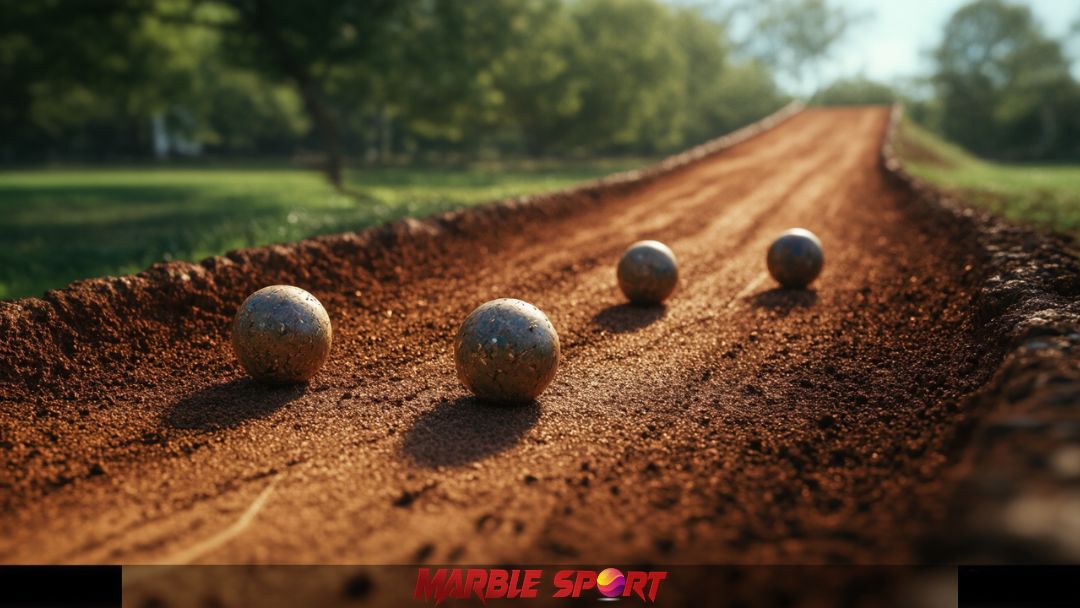
Outdoor tournaments
Dirt tracks are popular features in backyard setups and larger outdoor marble racing events.
- Backyard races: Marble racing enthusiasts often build dirt tracks in their gardens or backyards for casual competitions.
- Nature-inspired events: Outdoor tournaments take advantage of natural settings to create dynamic and challenging courses using dirt and other natural elements.
- Adaptable design: Tracks can be reshaped between races, allowing for fresh challenges and keeping the competition exciting.
Outdoor tournaments on dirt tracks offer a thrilling racing environment that connects racers to nature and adds a raw edge to every race.
DIY projects
Dirt tracks are a favorite among DIY marble racing enthusiasts due to their simplicity and creative potential.
- Affordable and accessible: Dirt is an easy-to-find and cost-effective material, making it ideal for hobbyists
- Creative freedom: Builders can craft unique layouts with hills, curves, and obstacles using simple tools.
- Experimental designs: DIY builders can constantly tweak and reshape tracks to test different designs and racing conditions. T
This hands-on approach makes dirt tracks perfect for racers who enjoy the creative process as much as the competition itself.
Community events
Dirt tracks are commonly used in local marble racing competitions and community events due to their accessibility and appeal.
- Inclusive racing: Dirt tracks are easy to set up in parks, playgrounds, or other public spaces, inviting more participants to join in.
- Family-friendly fun: Their natural design makes them safe and exciting for racers of all ages.
- Engaging spectacles: The unpredictable nature of dirt tracks keeps spectators entertained and engaged throughout the event.
Community events that use dirt tracks foster a sense of togetherness and friendly competition, making marble racing more accessible to everyone.
Best marbles for dirt tracks
Choosing the right marble is crucial for achieving optimal performance on dirt tracks. The rough and uneven surface of dirt tracks demands marbles that can maintain momentum handle unpredictable terrain, and remain visible throughout the race.
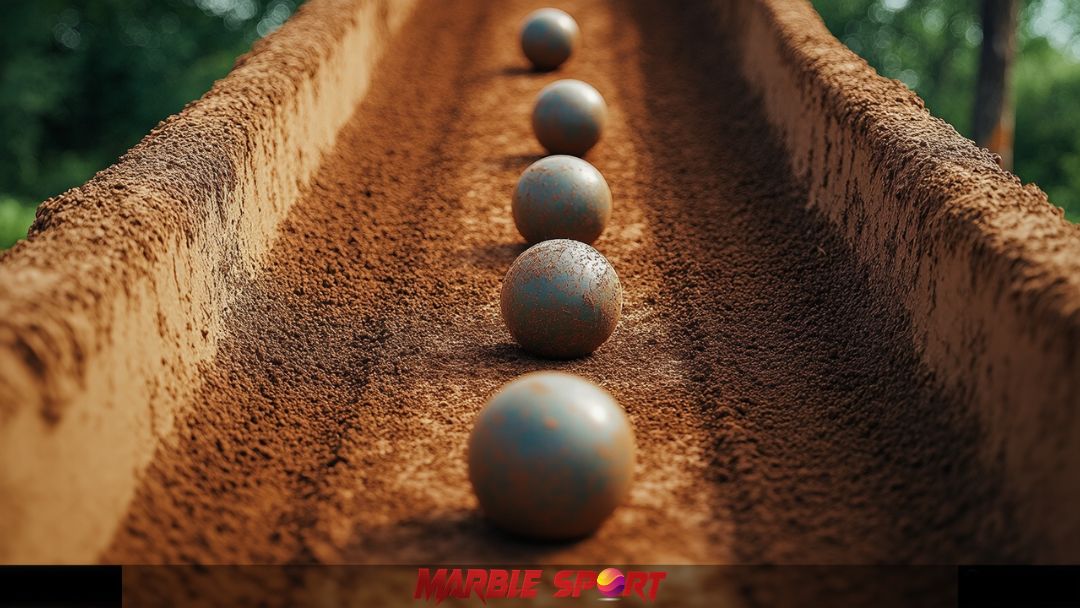
Here’s the breakdown of the best types of marbles for racing on dirt tracks:
Heavier marbles
Marbles made from metal or ceramic are ideal for dirt tracks due to their added weight and stability.
- Maintains momentum: Heavier marble can push through loose dirt and small obstacles more effectively than lightweight marbles.
- Improved stability: The extra weight reduces bouncing and veering off course on uneven terrain.
- Consistent speed: They are less likely to lose speed when rolling over rough patches or dips in the track.
For dirt tracks, metal and ceramic marbles provide significant performance advantages by offering better control and balance.
Textured surfaces
Marbles with a slight texture can navigate the unpredictable dirt surface more effectively.
- Enhance grip: A subtle texture helps marbles grip the loose dirt, preventing excessive sliding or getting stuck.
- Reduced skidding: Textured marbles can better adapt to sudden changes in the tracks, such as loose soil or small rocks.
- Greater control: They offer improved handling, which is vital for navigating dirt track obstacles.
Smooth marbles may struggle to maintain control, while marbles with a bit of texture provide the needed traction and adaptability.
Contrasting colors
Marbles with bright or contrasting colors are easier to track against the earthy tones of dirt tracks.
- High visibility: Vibrant colors like red, yellow, or neon green stand out against the brown and gray shades of dirt.
- Better spectator engagement: Visible marbles make it easier for spectators to follow the action during races.
- Quick identification: Contrasting colors help racers quickly spot their marbles, especially in competitive settings.
Colorful marbles not only add visual appeal but also enhance the overall racing experience by improving track visibility.
For dirt track racing, The best strategy is to combine a heavier marble with a textured surface and a bright color. This combination ensures better control, durability, and visibility – a key factor for navigating the challenging and unpredictable nature of dirt tracks.
